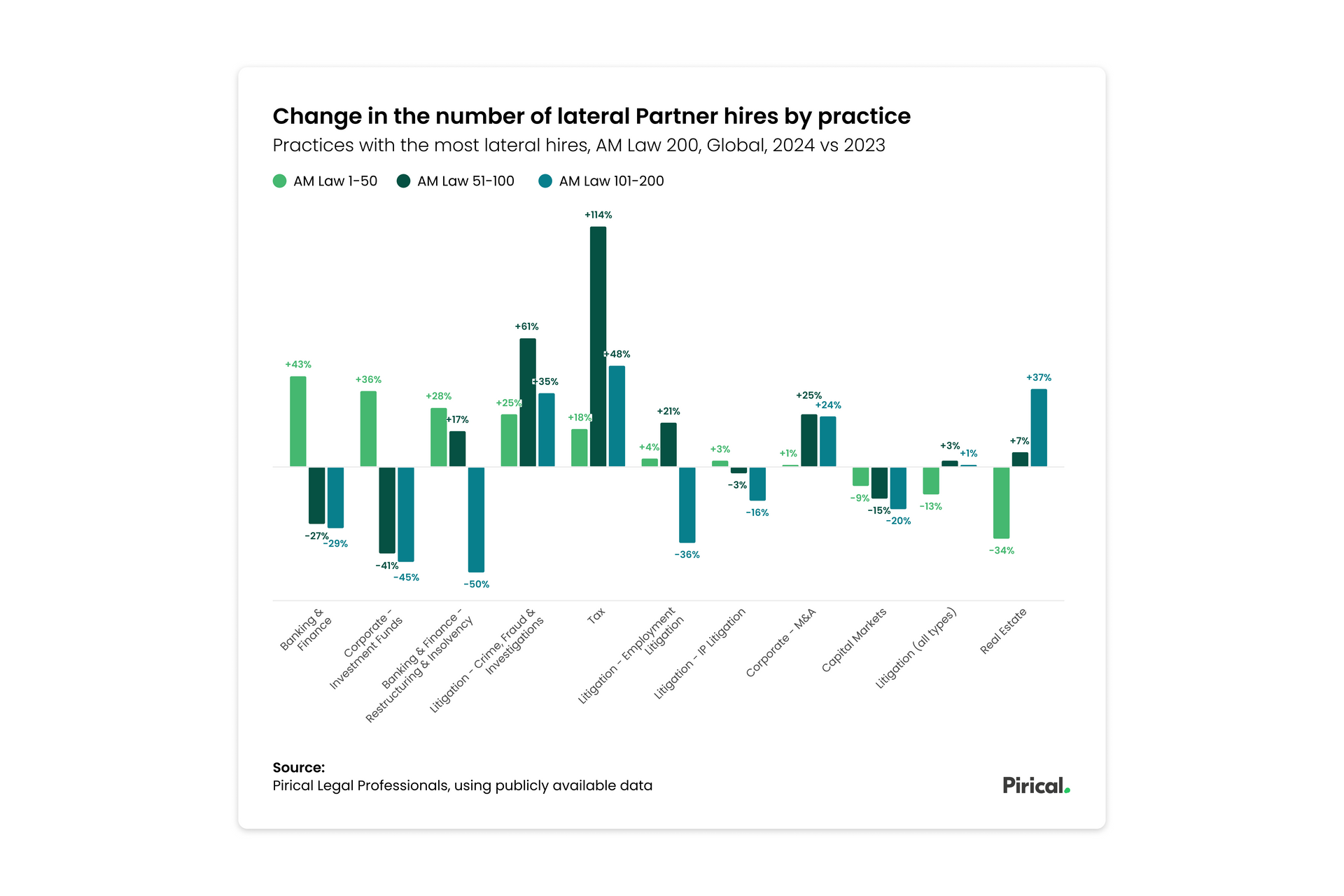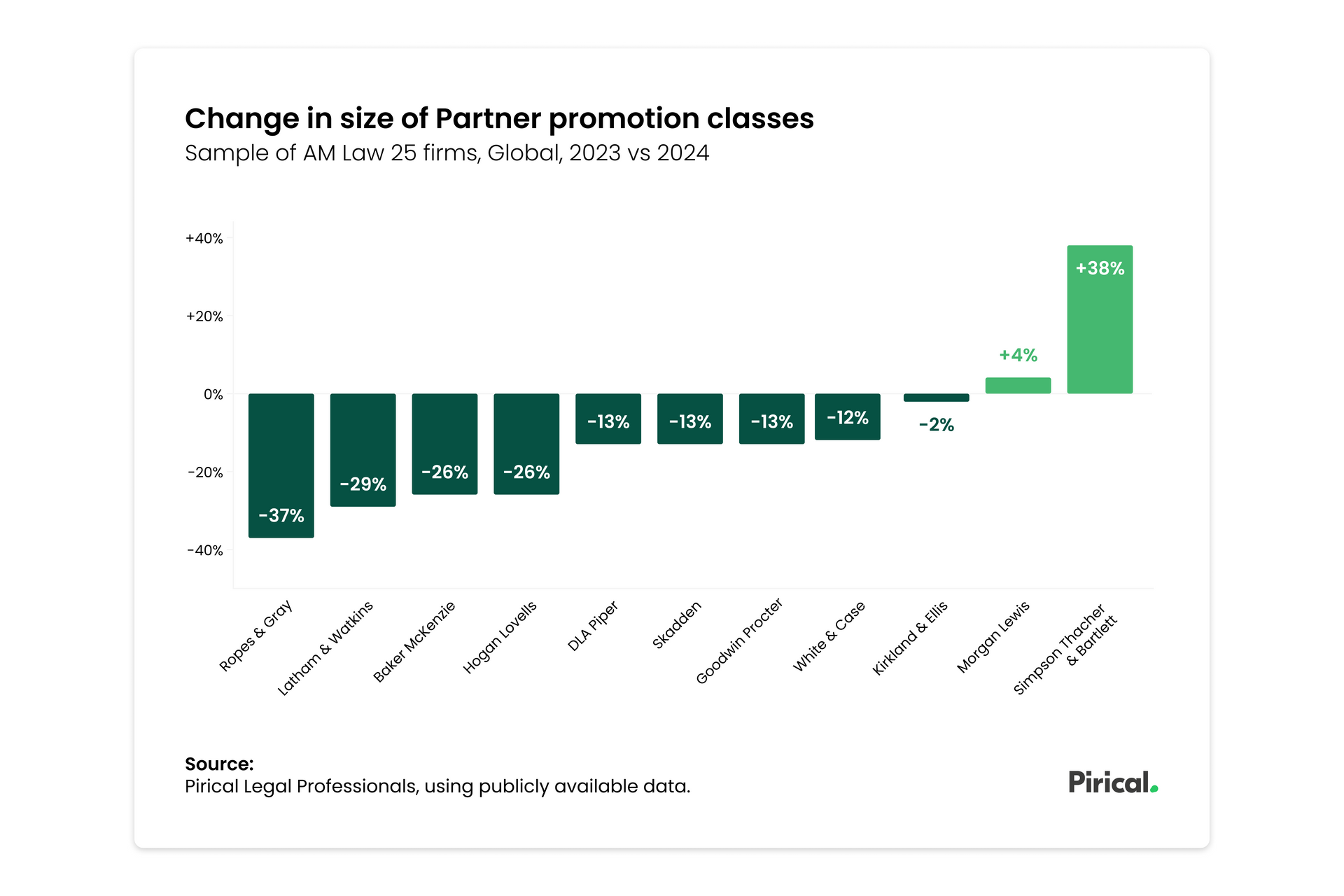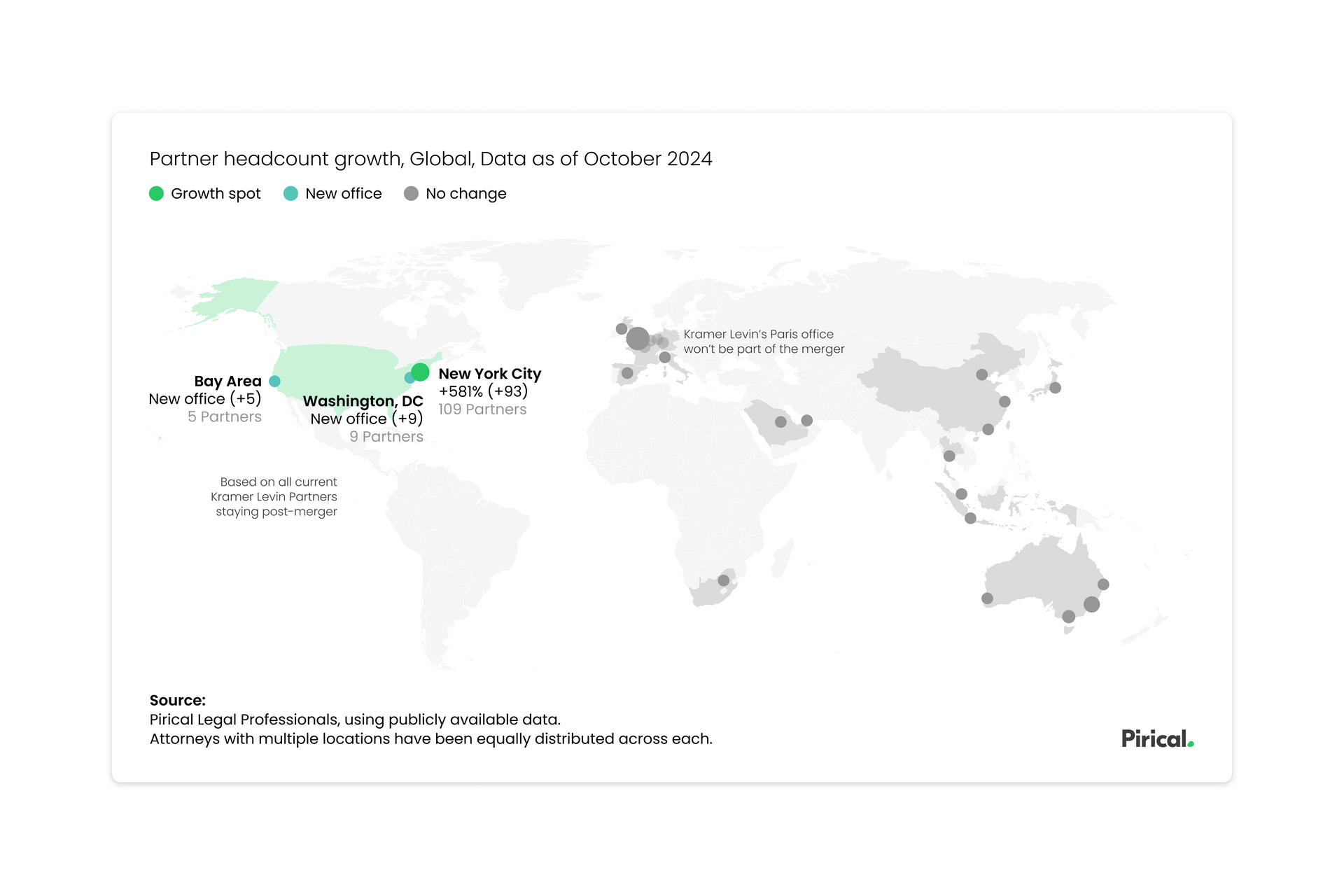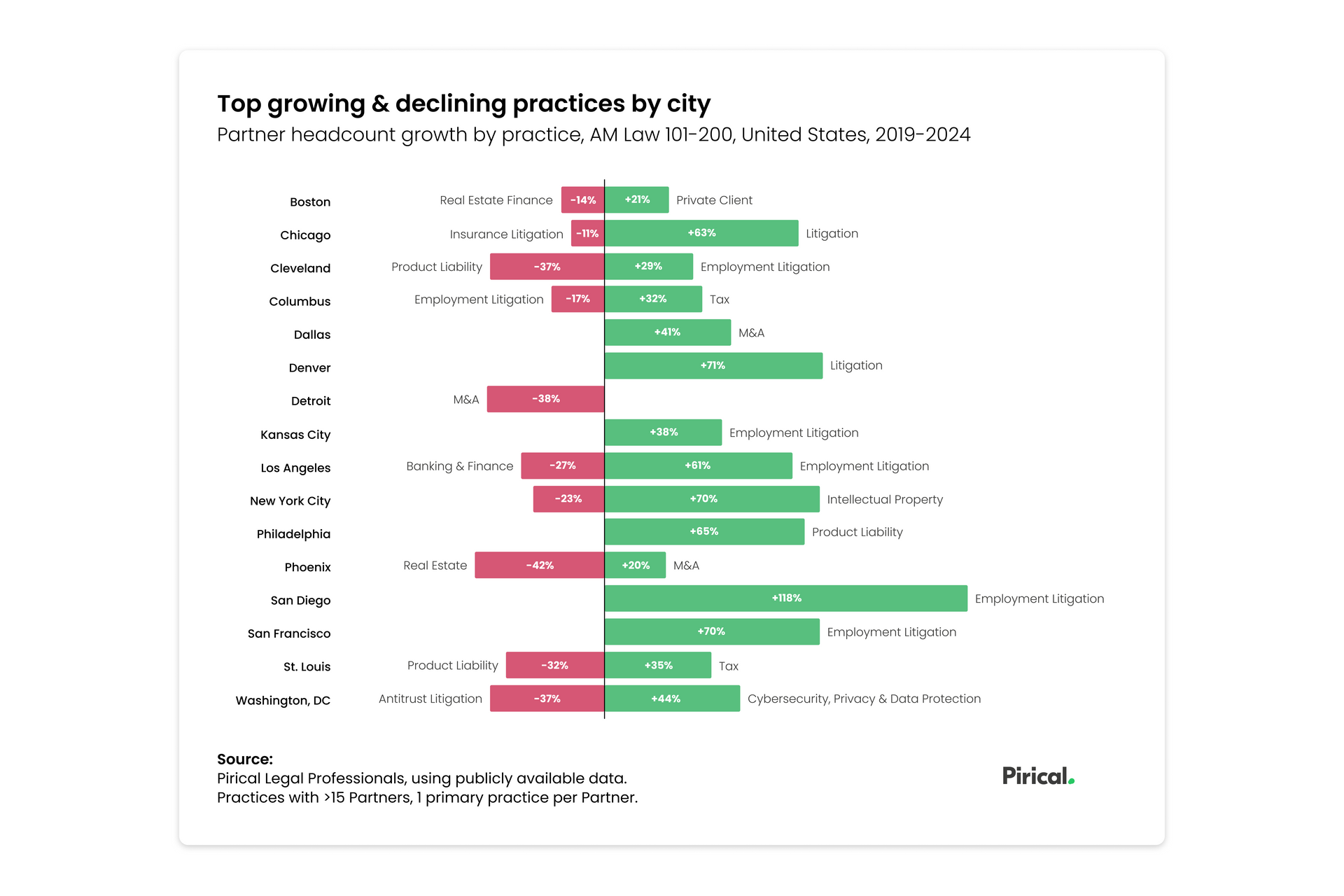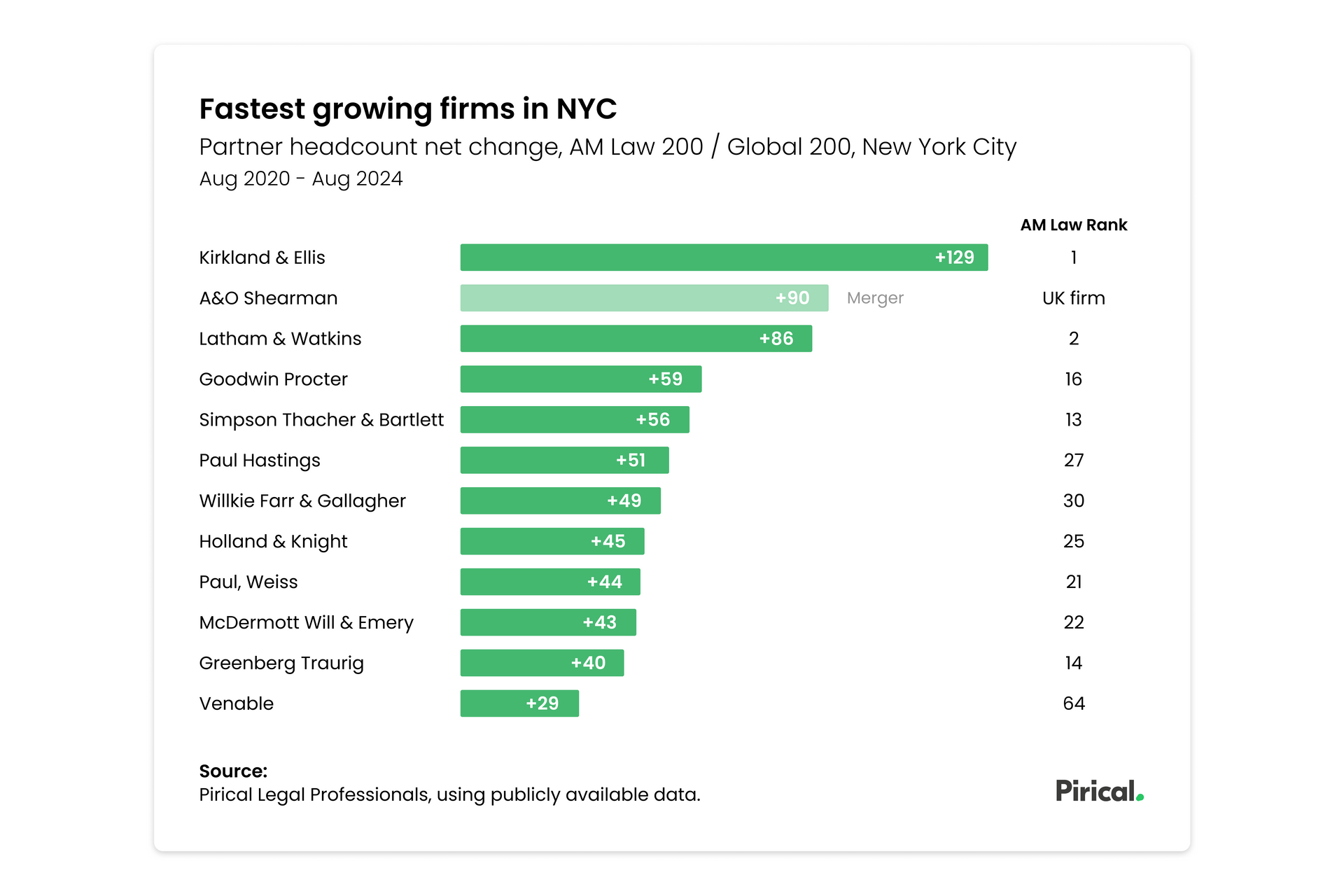What is People Analytics? Four reasons why you should care
A pharma salesman pays you a visit and proposes you a new pill: In his arbitrary opinion, it immediately eliminates headaches and keeps headaches away for a longer time than any other drug on the market.
Would you buy and take this pill? Of course not. You haven’t seen the history of clinical trials that proves efficacy nor do you know anything about its potential side effects. Most people would say you’d be crazy to swallow this pill.
But what is obvious in a science-heavy domain like medicine is not self-evident in workforce management. Many people still rely on incomplete data and gut feelings when deciding on where to invest their time and energy.
The science that helps us make better business decisions with people data and apply “clinical trials” to our hypotheses is called People Analytics.
People Analytics refers to the discipline of analysing “people data” to improve business performance (not to be confused with HR Analytics, which is analytics to improve HR processes). In a professional services company (or any company driven by human talent), People Analytics encompasses a majority of the data sets. Done right, People Analytics both gives insights on how to improve business performance and instils confidence to act on ambitious initiatives.
Specifically how does People Analytics work?
It all starts with the business question - for example, how can we improve our recruitment efforts to ensure we have the right people coming into the organisation? How can we improve both our diversity and inclusion in a way that improves performance?
Then the detective work starts. We break the question down into sub-questions (for a good example read our article on Reporting vs Analytics ) and go through an iterative process of hypothesis testing.
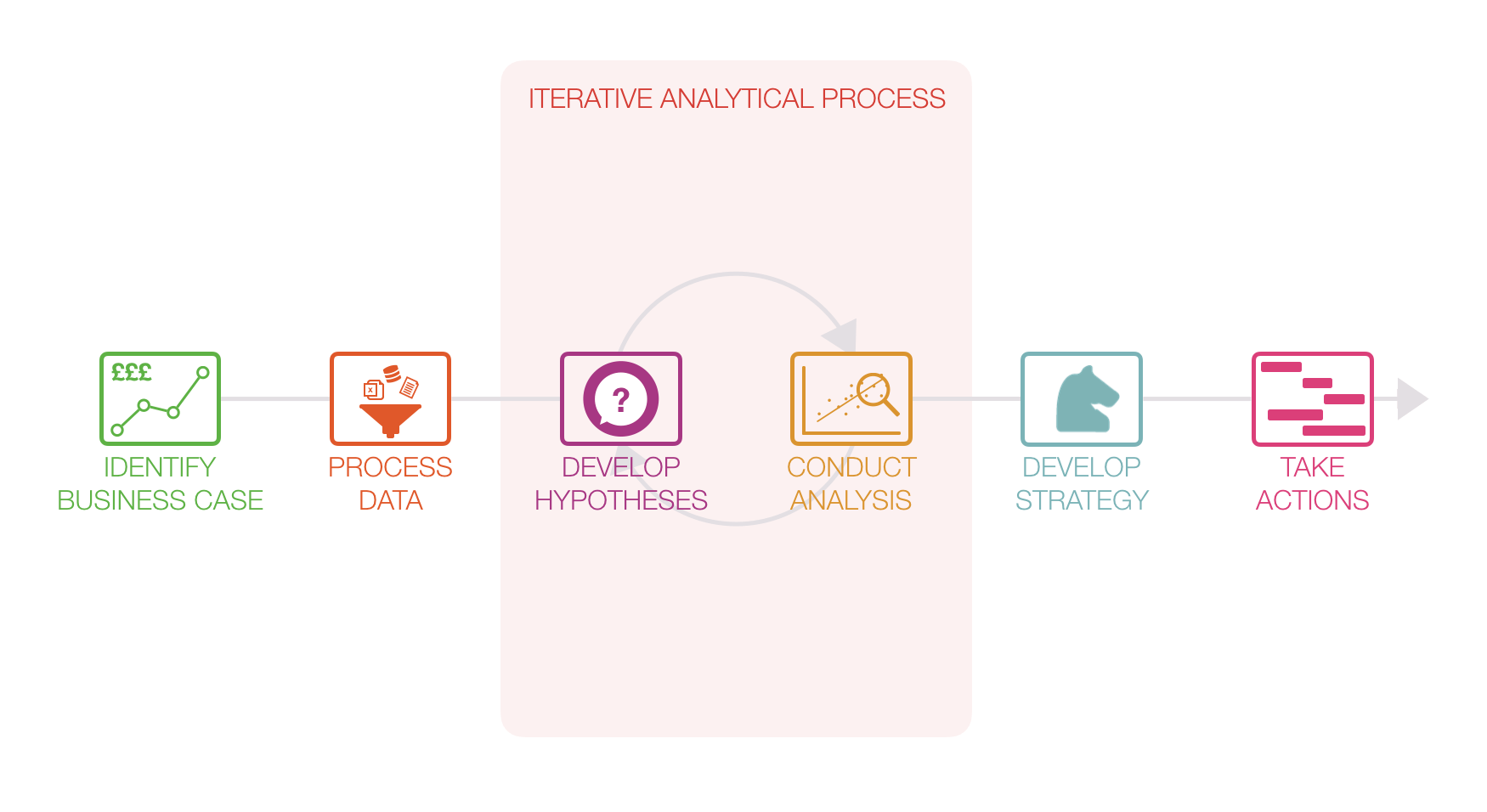
Why should you care?
Here are four reasons why all business leaders should care about People Analytics.
1) In a world of anecdotes, it gives you facts.
2) In a world of assumptions, it gives you evidence.
3) In a world of ambiguity, it gives you clarity.
4) The HR Director, armed with the right insights, has the power to change everything.
In a world of anecdotes, it gives you facts
This element lies at the heart of People Analytics: It removes hearsay from decision-making.
Take the elite school problem: Do graduates from elite schools make for better employees? One way to start would be to see if an elite school on a CV leads to better on-the-job performance. The way to do this would be to use Linear Regression, a method from Statistics.
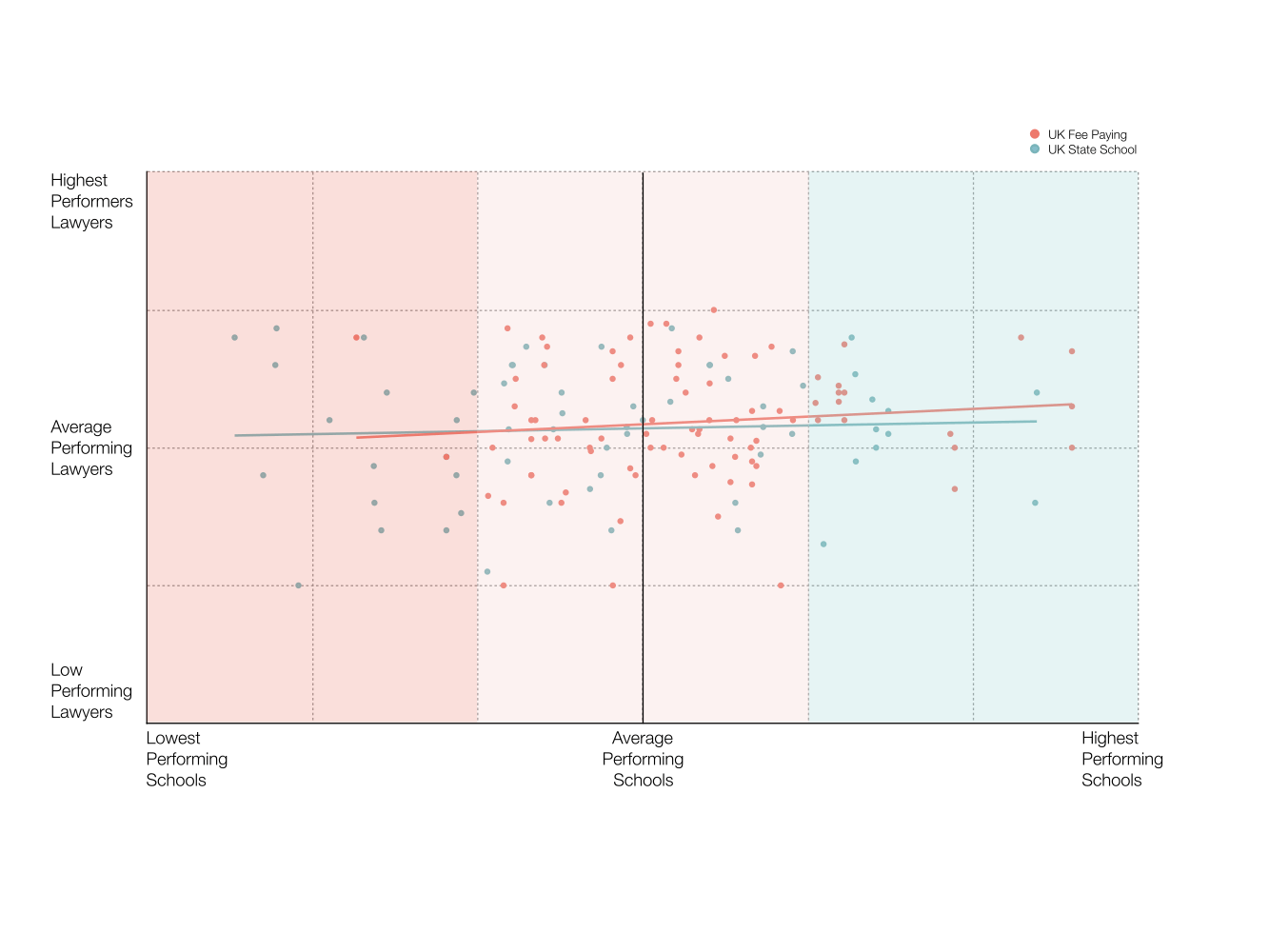
Another angle to look at would be the performance of lawyers who graduated from average or below-average schools, but outperformed their peers.
And so on – Analytics enables you to explore a topic from different angles, mixing publicly available data with your own, and applying methods from mathematics and statistics, and arrive at a statement like: “Graduating from an elite school does in itself not predict above-average performance as a lawyer, but being among the best students in the bottom 20% of schools in deprived regions does”. (which is actually the finding from this particular analysis we did, which you can read about here.)
Without People Analytics, this discussion remains in the realm of opinion and often it’s the charisma and eloquence of the debater that wins the day. With People Analytics, it’s the merit of the argument and the underlying data that guide you towards the right decision. As it should be.
In a world of assumptions, it gives you evidence
As far as talent is concerned, gut-based decision making (“I have a good feeling about that person.”) and conventional wisdoms (“trainees take a long time to pay off”*) are more prevalent than in other areas of business.
There’s a good reason for that: People are complex creatures, and unlike a new sales technique which shows its results immediately, measures taken in talent management are often ambiguous and take a long time to pan out. And with complexity, claims of experience and tradition (“this is how we’ve always done things around here and it’s worked”) often trump incomplete data.
And justifiably so. There is nothing wrong with allowing experience to make mental shortcuts in a complicated world. But when data IS available and it contradicts the gut, it would be foolish to not use it.
A perfect example of this is how we helped this company to improve their hiring process. Interviewers loved the group interview format, until our analysis showed that it was one of the worst formats to predict future performance.
Good People Analytics, paired with open-mindedness to change one’s beliefs in the face of new evidence is rocket fuel for a law firm’s performance as far as talent management is concerned.
In a world of ambiguity, it gives you clarity
Bold decisions are often faced with trepidation, leading to the default of no action. People Analytics gives you the confidence to take bold decisions.
For example, in our “Gender in Partnership” analysis , we looked at the root causes for lack of gender diversity on the track towards becoming a partner. We have parsed the data by law firms’ departments and showed in which scenario it’s a case of not enough female lawyers being hired or not enough existing female lawyers being promoted.
This allowed us to say more confidently: In this team, improve the pipeline, in that team, work on promotions. In aggregate, we then were able to project what gender ratios would look like if all the small measures were acted upon:
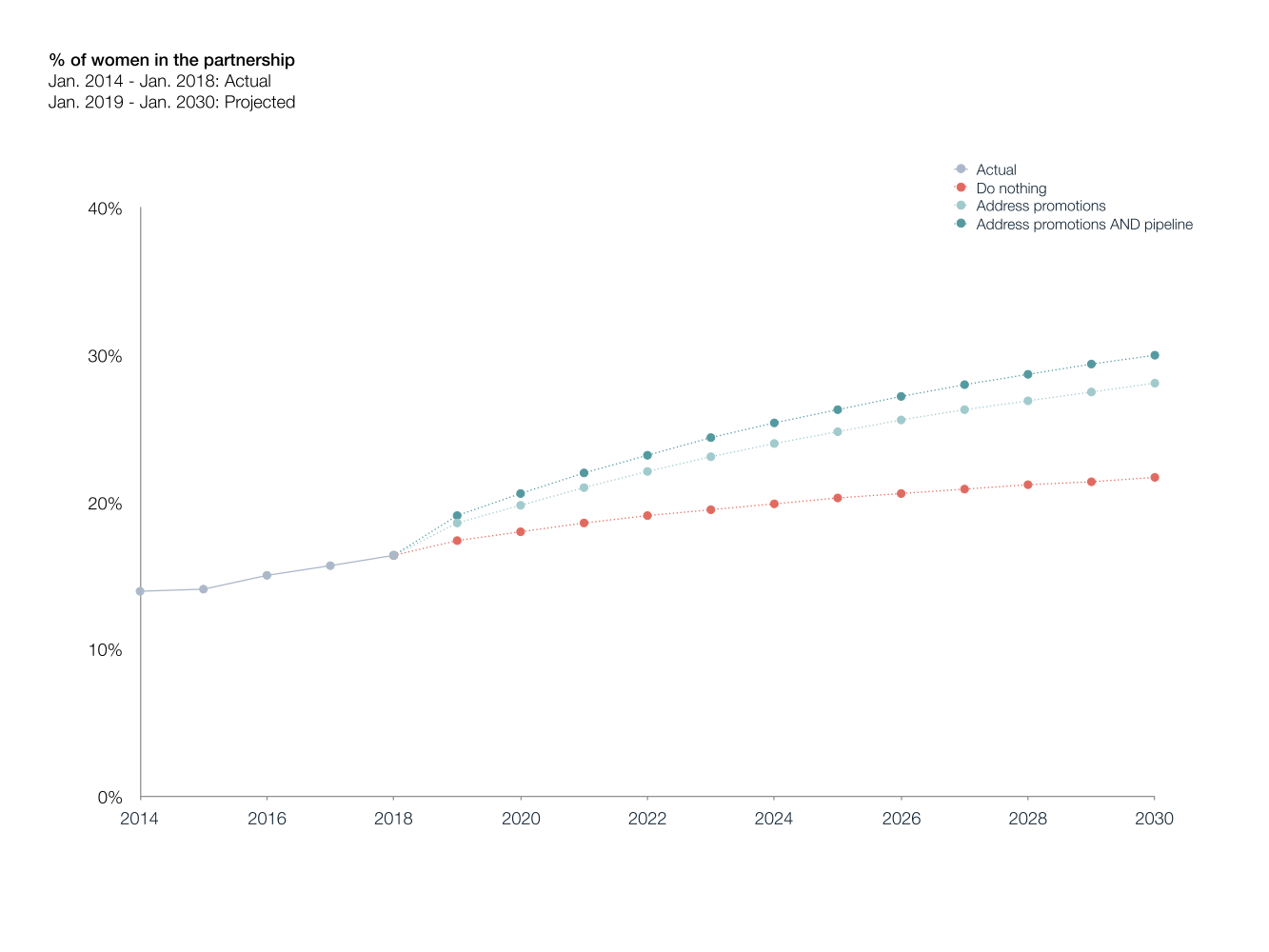
The HR Director, armed with the right insights, has the power to change everything
The number of times we have helped an HR Director prepare materials for a board meeting, only to have their agenda bumped, is both frustrating and puzzling. Professional services firms depend on the calibre of its people more than, say, capital-heavy or IP-rich businesses. Theoretically, in professional services companies, HR Directors should be the first, not the last, person to speak.
Roles aside, board agendas focus on business performance (as they should), and traditional HR agendas are usually filled with reports like attrition per office and changes to headcount. These types of numbers lack both rigorous analytics and ties to business performance. It’s no surprise topics like declining profitability or revenue growth models take precedence.
However, HR topics should be front and centre when tied to business performance. Imagine rocking up to your next board meeting with an opening statement of “Three bold people initiatives we want to kick-off have the potential to increase company profitability by £Xm over the next 3 years. Let me now tell you how we can make this happen and what support we will need.” When one of your fellow board members astutely stress-tests your proposal with ‘what if…’, you confidently say, “I’m glad you asked - on the next page, I’ll show you what could happen if…’ This is ‘analysis that stands up to scrutiny.’
In which cases can you use People Analytics
The following scenarios should have you reaching for the People Analytics toolset (or call people who have it at their disposal):
-
Something is wrong, and instead of stabbing in the dark, you want to use data to fix it - and be confident it'll be fixed.
-
You want to identify the greatest potential for business improvements - either driving revenue growth or reducing costs. What are the key insights that inspire change?
What types of People Analytics tools do we provide?
We at Pirical live and breathe People Analytics. Since winning the Innovate UK grant in 2015, we’ve been building JKUB - the best data machine that creates insights that inspires and delivers change.
We provide tools and services in People Analytics to help law firms make smarter decisions in hiring, attracting and retaining talent.
Pirical Insight is our intelligent algorithmic platform which synthesises internal and publicly available data. Once it has sorted through a company’s data, it saves the HR professional days of report production time by compiling attrition rates, headcount cost and other important metrics with a single click.
It then complements this with public data and allows the user to visualise countless possible combination and aggregation levels, answering most action-oriented questions:
-
How can we optimise our recruitment process?
-
In which department is the biggest need for intervention as far as diversity is concerned?
-
What impact on attrition do different bonus schemes have?
-
And many more
Pirical Legal Professionals is our search engine for global legal talent and firms. With 300,000 lawyers in over 1,000 firms, it is a treasure trove for recruiters, strategists and diversity teams. Its most powerful feature is the ability to overlay easily available data (such as someone’s LinkedIn profile and their connections) with information that is difficult to parse — metadata about jointly published articles, news articles about a case and which lawyers worked on it, etc.
Want to find IP lawyers in Hong Kong who also speak French? Or do you want to know who a particular lawyer worked with in the past? Pirical Legal Professionals is your one-stop shop for these questions.
Ruth, formerly known as Revael Trainees, helps you place trainees in a fair and objective way. What used to take three weeks can now be done in a matter of minutes. Trainee coordinators can input the firm’s requirements and combine them with trainees’ strengths and preferences. The result is a fair and unbiased placement suggestion that optimises for all factors (but can always be manually adjusted to work with edge cases).
Contact us here for a free consultation on how People Analytics could help your business.
Subscribe to the latest data insights & blog updates
Fresh, original content for Law Firms and Legal Recruiters interested in data, diversity & inclusion, legal market insights, recruitment, and legal practice management.

